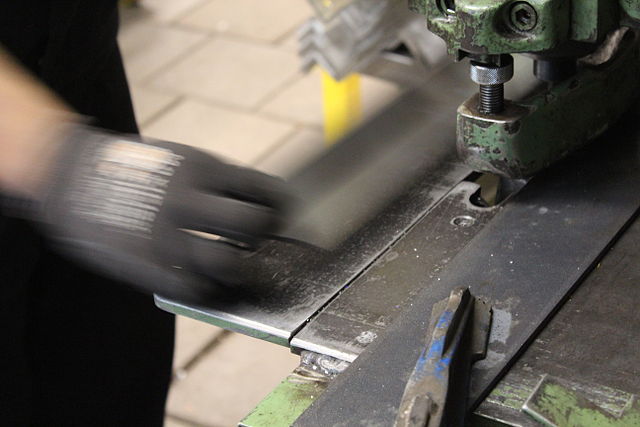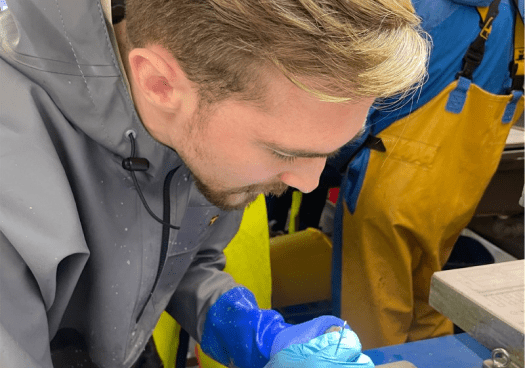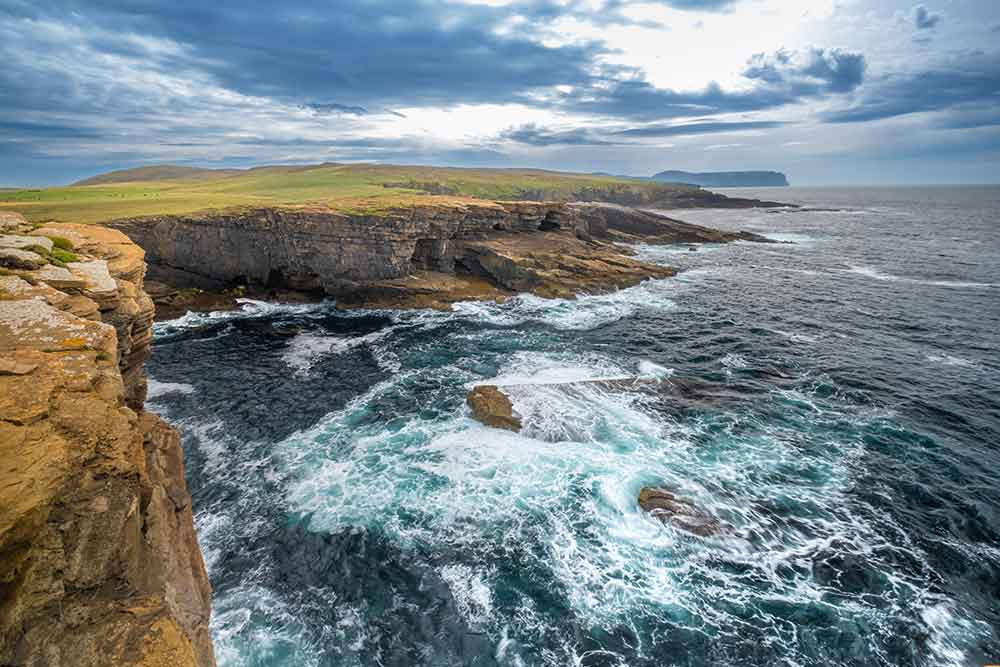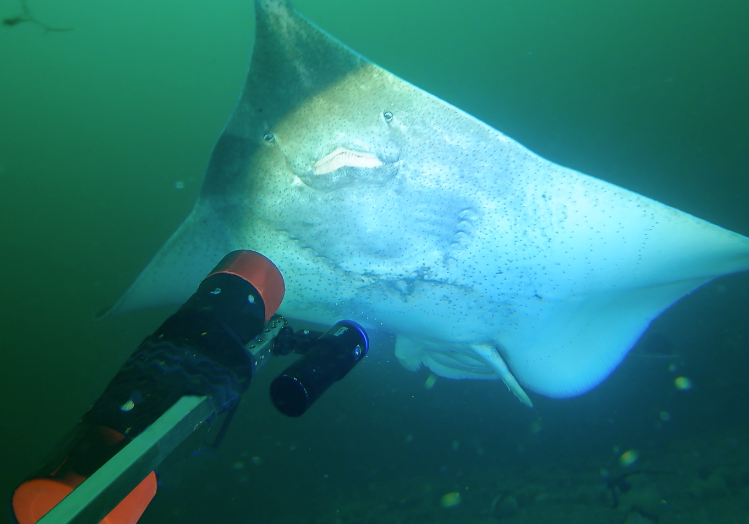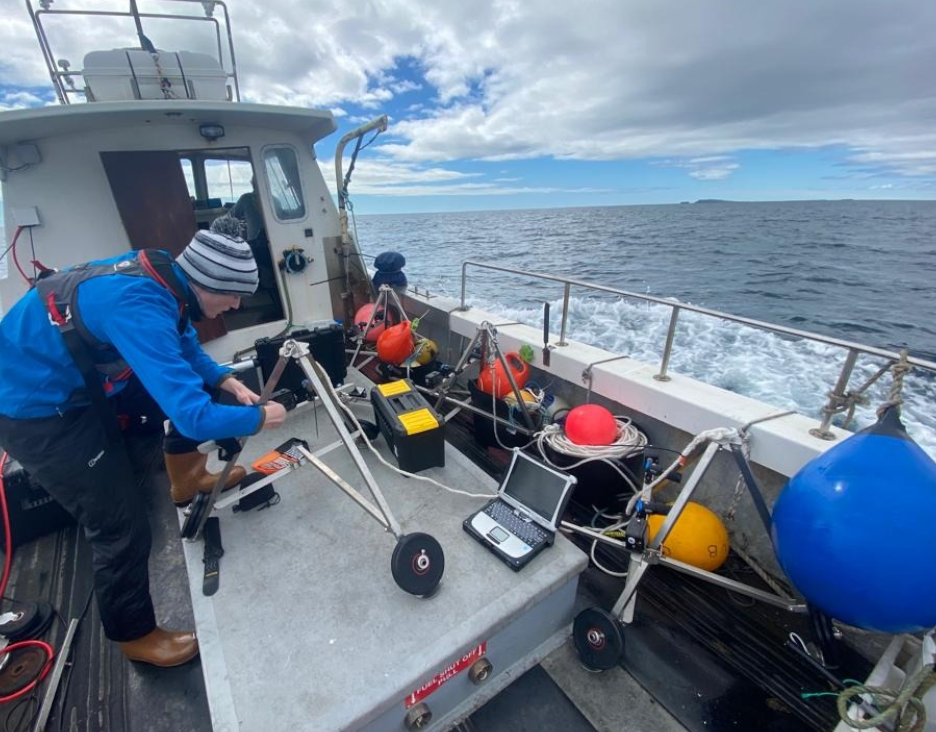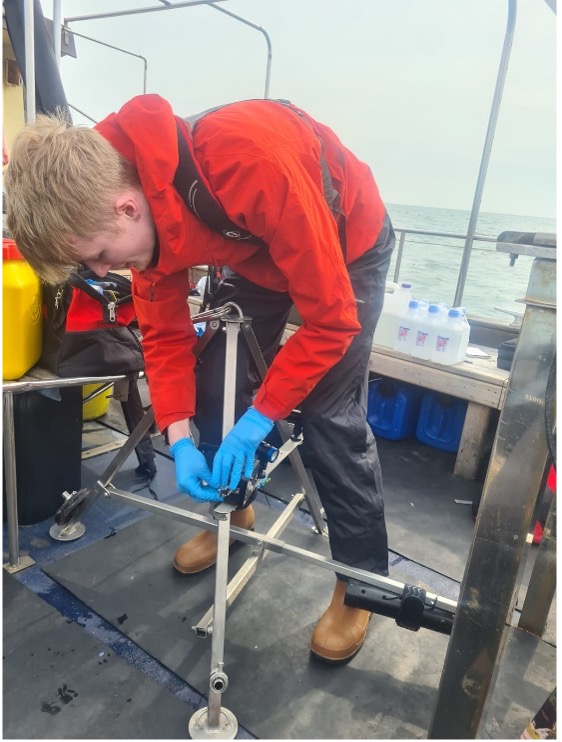Development of our flatpack ABUV 2.0 is well underway!
Following in the footsteps of our initial model, the new design remains true to its patented specification while reducing weight, complexity, size and cost. It also provides our team with an increased capacity for survey-specific modifications thanks to its more modular design allowing for multiple parallel instrument bars, interchangeable bait boxes and adaptable height/reach.
The result?
- Easier, Safer and Faster Deployments (even by hand);
- Improved Deployment Success (even in challenging conditions);
- Increased Space for Additional Units Onboard;
- More Efficient Surveys;
- Improved Scope for Data Collection including accurate stereo-imaging;
- Increased Portability and Reduced Transport Costs.
- Needless to say we’re excited to get our hands on these units and begin sea trials!
Find our more about ABUVs role as a sustainable surveying tool for protecting our seas here.
